- Benefits of Growing Butternut Onions
- 1. High Nutritional Value
- 2. Versatility in Cooking
- 3. Long Shelf Life
- 4. Disease Resistance
- 5. Cost-Efficient
- 6. Sustainable Gardening
- 7. Educational Experience
- Choosing the Right Seeds
- Preparing the Soil
- Planting the Seeds
- 1. Prepare the soil
- 2. Sow the seeds
- 3. Water the seeds
- 4. Provide support
- 5. Thin the seedlings
- Caring for Butternut Onions
- Watering
- Fertilizing
- Weeding
- Thinning
- Mulching
- Pest and Disease Control
- Harvesting
- Harvesting and Storing
- Harvesting:
- Drying:
- Storing:
- Troubleshooting Common Issues
- 1. Poor Germination
- 2. Weak Seedlings
- 3. Pest Infestation
- 4. Disease Problems
- “Question-Answer”
- What is the best time to plant butternut onions?
- Can I grow butternut onions from seeds I saved from last year’s crop?
- How long does it take for butternut onions to mature from seed?
- Can I grow butternut onions in containers?
- How should I care for butternut onions as they grow?
- “Video” How To Grow Onions At Home | START TO FINISH
Butternut onions are a delicious and versatile vegetable that can be grown easily from seed in your own vegetable garden. They have a rich, sweet flavor that makes them perfect for roasting or caramelizing. In addition to their great taste, they are also packed with essential vitamins and nutrients, such as vitamin C and fiber.
To begin growing butternut onions from seed, you will need to prepare a sunny spot in your garden that receives at least six hours of direct sunlight each day. The soil should be well-draining and enriched with organic matter, such as compost or aged manure. It’s also important to ensure that the soil has a pH level between 6.0 and 7.0, as butternut onions prefer slightly acidic to neutral soil conditions.
Next, it’s time to sow the seeds. Start by making small furrows in the soil, about 1/4 inch deep. Place the seeds about 1 inch apart in the furrows, then cover them with a light layer of soil. Keep the soil consistently moist, but be careful not to overwater, as this can lead to rotting. Germination should occur within 7-14 days.
As the seedlings begin to emerge, thin them out so that they are spaced about 4-6 inches apart. This will allow them to grow and develop properly. Weed the area regularly and provide regular, deep watering to ensure healthy growth. It’s also a good idea to mulch around the plants to help conserve moisture and suppress weed growth.
Harvesting butternut onions can begin once the green tops turn yellow and start to wither. Gently lift the onions from the soil, being careful not to damage them. Allow them to cure in a cool, dry place for a few weeks before storing them in a cool, dark location. Properly stored butternut onions can last for several months, providing you with a tasty and nutritious addition to your meals throughout the year.
Benefits of Growing Butternut Onions
Growing butternut onions in your vegetable garden can offer a range of benefits. Here are some key advantages:
1. High Nutritional Value
Butternut onions are rich in essential nutrients such as vitamins A, C, and K, as well as folate and potassium. Adding these onions to your diet can help promote overall health and well-being.
2. Versatility in Cooking
Butternut onions have a unique flavor that adds depth and complexity to various dishes. They can be used in a variety of cooking methods, including roasting, grilling, sautéing, or caramelizing. Whether you’re making soups, stews, stir-fries, or salads, butternut onions can elevate the taste of your culinary creations.
3. Long Shelf Life
Compared to other types of onions, butternut onions have a longer shelf life. This means you can store them for an extended period without worrying about spoilage. This quality makes butternut onions ideal for those who want to preserve their harvest or have a steady supply of onions throughout the year.
4. Disease Resistance
Butternut onions are known for their resilience against various diseases and pests that commonly affect other onion varieties. By growing butternut onions, you can reduce the risk of crop damage and minimize the need for chemical interventions.
5. Cost-Efficient
Growing your own butternut onions can be more cost-efficient than buying them from the store regularly. Once you have established a productive onion patch, you can enjoy a steady supply of fresh onions without the need to purchase them at high prices.
6. Sustainable Gardening
By growing butternut onions from seed, you contribute to sustainable gardening practices. Instead of relying on commercially produced onions that may involve excessive chemical inputs and long-distance transportation, you can cultivate your own onions in an eco-friendly manner using organic growing methods.
7. Educational Experience
Growing butternut onions can be a valuable educational experience, especially for children. It provides an opportunity to learn about plant growth, gardening techniques, and the importance of sustainable food production. By involving children in the process, you can instill a love for gardening and an appreciation for fresh, homegrown produce.
In conclusion, growing butternut onions in your vegetable garden can provide numerous benefits, including high nutritional value, culinary versatility, long shelf life, disease resistance, cost-efficiency, sustainability, and educational opportunities. Consider adding butternut onions to your garden and enjoy these advantages while cultivating a delicious and healthy crop.
Choosing the Right Seeds
When it comes to growing butternut onions from seed, choosing the right seeds is crucial. Here are some factors to consider when selecting seeds for your vegetable garden:
- Variety: There are different varieties of butternut onions available, each with its own unique characteristics. Consider factors such as taste, size, and disease resistance when choosing the variety that best suits your needs.
- Quality: It is important to choose high-quality seeds to ensure successful germination and healthy plant growth. Look for seeds that are fresh, plump, and free from any signs of damage or disease.
- Source: Purchase seeds from a reputable source to ensure their authenticity and quality. Look for trusted seed suppliers or consider saving seeds from your own harvest if you have grown butternut onions previously.
- Growing Conditions: Consider the climate and growing conditions of your region when choosing seeds. Some varieties may be better suited for specific climates or soil types.
- Organic or Non-Organic: Decide whether you want to grow organic or non-organic butternut onions. Organic seeds are grown without the use of synthetic pesticides or fertilizers.
Take the time to research and choose the right seeds for your butternut onion garden. This will increase the chances of a successful and rewarding harvest.
Preparing the Soil
Before planting butternut onions from seed, it’s important to prepare the soil in your vegetable garden. This will provide a fertile environment for the seeds to germinate and the plants to grow strong and healthy. Here are some steps to follow when preparing the soil:
- Choose the Right Location: Select a sunny spot in your garden that receives at least 6 hours of direct sunlight per day. Butternut onions thrive in full sun, so make sure to pick a location with optimal light conditions.
- Clear the Area: Remove any existing vegetation, rocks, or debris from the area where you plan to plant the butternut onions. This will help prevent competition for nutrients and space.
- Loosen the Soil: Use a garden fork or tiller to loosen the soil to a depth of about 8-10 inches. This will improve drainage and aeration, allowing the roots to grow freely.
- Amend the Soil: Mix in organic matter, such as compost or well-rotted manure, to enrich the soil. This will provide essential nutrients and improve the overall fertility of the soil. Aim to incorporate about 2-3 inches of organic matter into the top layer of soil.
- Test the pH: Check the pH level of the soil using a pH testing kit. Butternut onions prefer a slightly acidic soil with a pH range of 5.5 to 6.5. If necessary, adjust the pH level by adding lime to raise it or sulfur to lower it.
- Level the Soil: Rake the soil to create a smooth and level surface for planting. This will ensure that the seeds are sown at a consistent depth and promote uniform growth.
By following these steps, you can create an optimal soil environment for growing butternut onions from seed. Remember to water the soil thoroughly before planting to provide moisture for the seeds to germinate.
Planting the Seeds
Before you start planting the butternut onion seeds, make sure you have the right conditions for germination. Butternut onions thrive in well-draining soil with a pH level between 6.2 and 6.8. They also prefer full sun, so choose a spot in your vegetable garden that receives at least 6-8 hours of direct sunlight each day.
1. Prepare the soil
Loosen the soil in the area where you plan to plant the butternut onion seeds. Remove any weeds or grass, as they can compete with the young seedlings for nutrients and water. If the soil is heavy or contains a lot of clay, consider adding some organic matter, such as compost or well-rotted manure, to improve its structure and drainage.
2. Sow the seeds
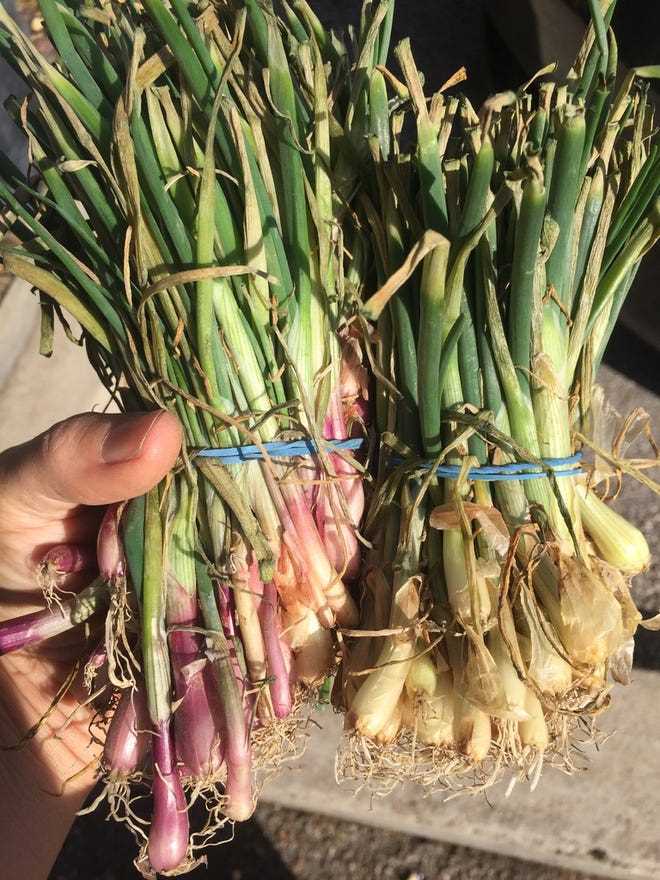
Once the soil is prepared, you can sow the butternut onion seeds. Make sure to space the seeds about 1 inch apart and plant them approximately 0.5 inches deep. Cover the seeds with a thin layer of soil and gently pat it down to ensure good contact between the seeds and the soil.
3. Water the seeds
After planting, water the seeds thoroughly but gently. Be careful not to overwater, as excessive moisture can lead to fungal diseases. Keep the soil consistently moist but not waterlogged throughout the germination period.
4. Provide support
Butternut onion plants tend to have weak stems, so it’s a good idea to provide them with support. You can use stakes or cages to prop up the plants as they grow. This will prevent them from bending or breaking under the weight of the onions and ensure they grow straight and strong.
5. Thin the seedlings
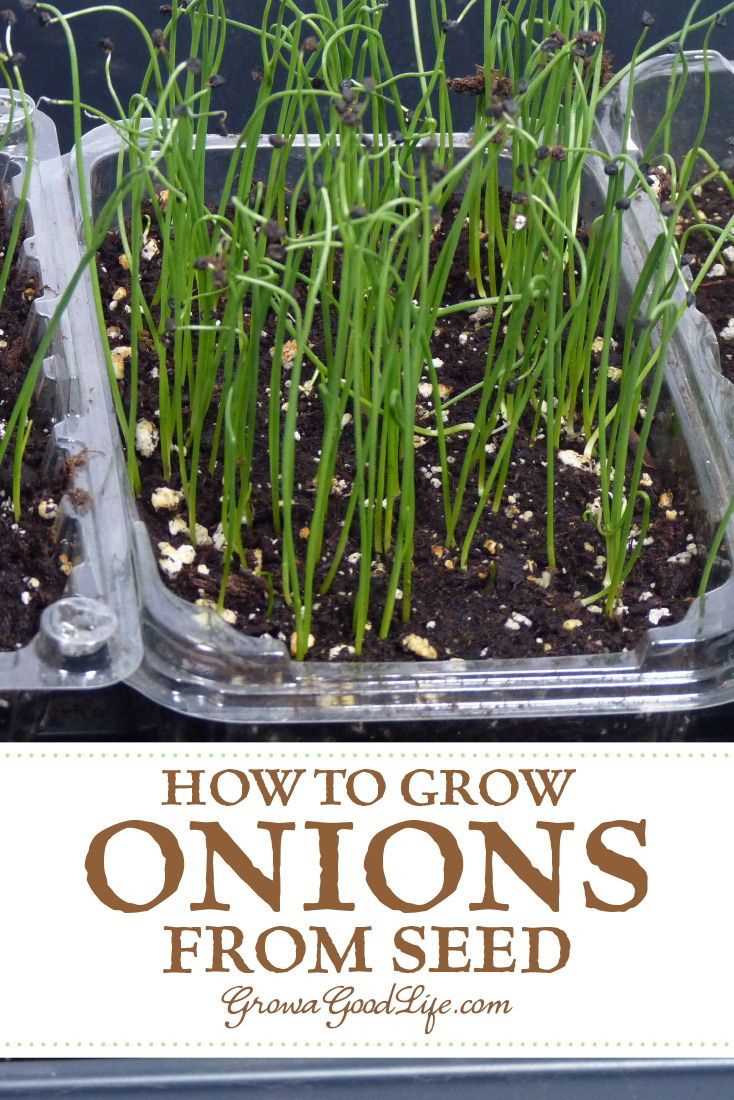
Once the seedlings emerge and develop their first true leaves, you will need to thin them out. This means removing some of the seedlings to create more space for the remaining ones to grow. In general, thin the seedlings to about 2-4 inches apart to allow for proper bulb development.
Follow these steps to successfully plant butternut onion seeds in your vegetable garden. With proper care and attention, you will soon have a bountiful harvest of delicious onions to enjoy.
Caring for Butternut Onions
Once you have successfully planted your butternut onion seeds and they have started to grow, it is important to provide them with proper care to ensure healthy growth and a bountiful harvest. Here are some tips for caring for your butternut onions:
Watering
Water your butternut onions regularly, keeping the soil consistently moist but not waterlogged. Onions have shallow roots, so it is important to water them deeply but infrequently to encourage deep root growth. Avoid overhead watering, as it can lead to diseases and rot.
Fertilizing
Onions are heavy feeders, so it is important to fertilize them regularly. Use a balanced, organic fertilizer or a specially formulated onion fertilizer. Apply the fertilizer according to the package instructions, being careful not to over-fertilize as it can lead to excessive foliage growth at the expense of bulb development.
Weeding
Keep the area around your butternut onions free of weeds, as they can compete for nutrients and water. Regularly remove any weeds that may emerge to ensure optimal growth for your onions.
Thinning
Thin out your butternut onions once they have reached about 4-6 inches in height. This will help to promote proper bulb development and prevent overcrowding. Carefully remove the excess seedlings, leaving about 4-6 inches of space between each onion plant.
Mulching
Apply a layer of organic mulch around your butternut onions to help conserve moisture, suppress weed growth, and regulate soil temperature. Avoid mulching too close to the onion plants, as it can lead to rot. Maintain a distance of about 2-3 inches between the mulch and the base of the plants.
Pest and Disease Control
Monitor your butternut onions regularly for signs of pests and diseases. Common onion pests include onion flies, thrips, and onion maggots. If you notice any infestation, consider using organic pest control methods such as insecticidal soaps or neem oil. Diseases such as onion white rot and downy mildew can be prevented by practicing crop rotation and ensuring good air circulation.
Harvesting
Butternut onions are typically ready for harvest when the tops start to dry out and fall over. Carefully lift the onions out of the soil using a garden fork, being careful not to damage the bulbs. Allow the harvested onions to dry in a well-ventilated area for a few weeks before storing them in a cool, dry place.
By following these care tips, you can ensure the successful growth and harvest of your butternut onions, and enjoy their delicious flavor in your cooking!
Harvesting and Storing
Harvesting butternut onions is a satisfying task that marks the end of the growing season and the beginning of the storing period. Here are some tips for harvesting and storing your butternut onions:
Harvesting:
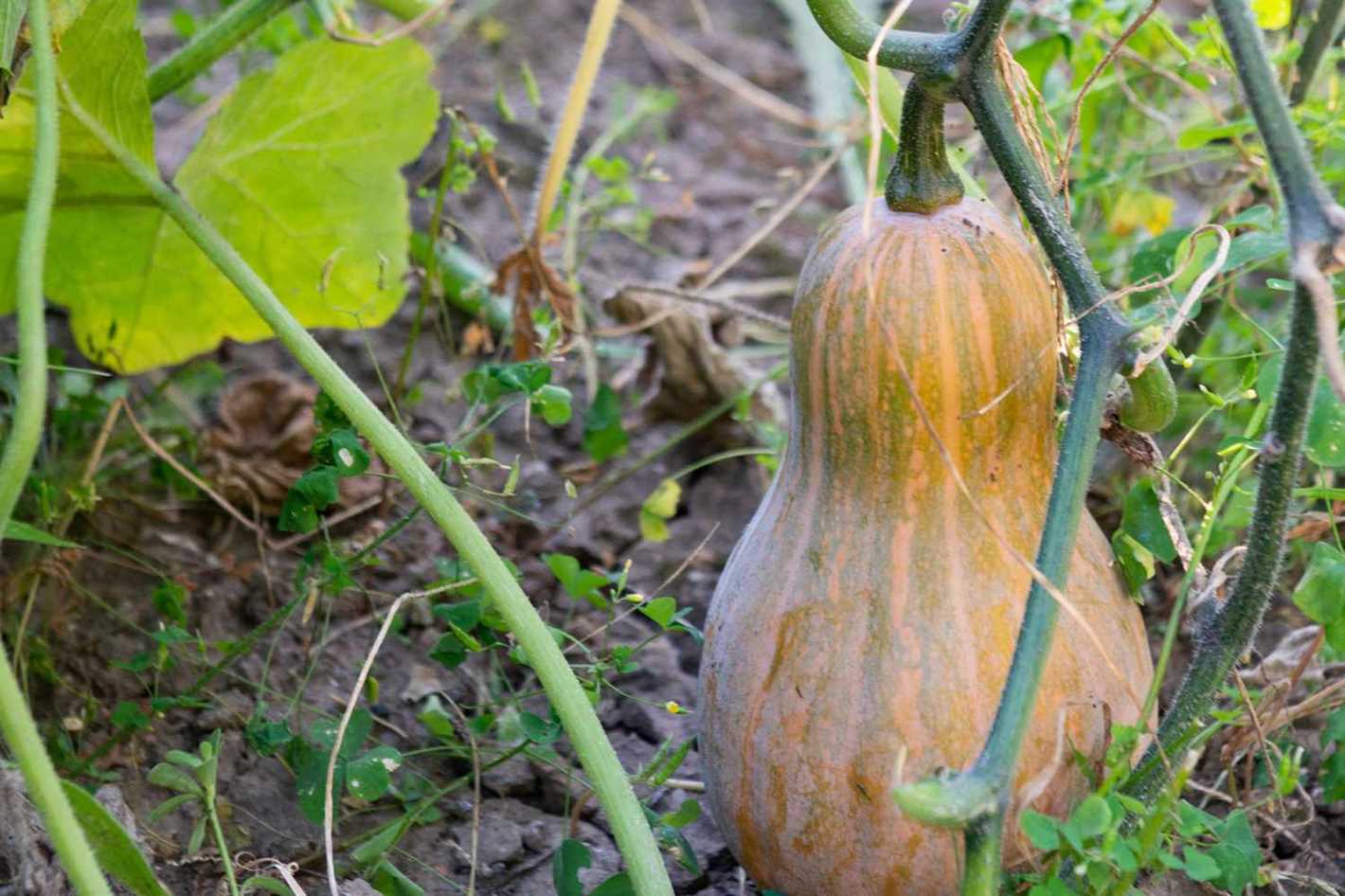
- Wait until the foliage of the butternut onions turns yellow and starts to dry out. This indicates that the onions have reached maturity and are ready for harvest.
- Using a garden fork or a shovel, gently lift the onions from the ground. Be careful not to damage the bulbs or bruise them.
- Once the onions are out of the ground, gently remove any loose soil or debris from them. Do not wash them, as this can remove the protective layer that helps with long-term storage.
Drying:
- After harvesting, lay the onions out in a well-ventilated, dry area. Make sure they are not exposed to direct sunlight. A garage or shed can be a good drying location.
- Allow the onions to dry naturally for about two to three weeks. During this time, the outer layer of the onion will continue to dry and shrivel.
- Once the onion necks feel dry and the outer layers are papery, you can proceed to the storing phase.
Storing:
- Trim off the dried foliage, leaving about an inch of the neck attached to the bulb.
- Choose only the best and healthiest onions for long-term storage. Remove any onions with bruises, cuts, or signs of disease.
- Place the onions in a cool, dry, and well-ventilated area. A basement, root cellar, or cool pantry can be suitable storage locations.
- Store the onions in a single layer or hang them in mesh bags or pantyhose to allow for proper air circulation.
- Check on the stored onions regularly and remove any that show signs of deterioration or rot.
By following these harvesting and storing guidelines, you can enjoy your homegrown butternut onions for several months, ensuring a delicious addition to your recipes long after the growing season has ended.
Troubleshooting Common Issues
While growing butternut onions from seed can be a rewarding experience, it’s not uncommon to encounter some problems along the way. Here are some common issues that may arise and how to troubleshoot them:
1. Poor Germination
If your butternut onion seeds are not germinating as expected, there could be a few reasons for this:
- The soil temperature may be too cold. Butternut onions prefer a soil temperature of around 75-85°F (24-29°C) for optimal germination. Consider using a heat mat or germination chamber to provide consistent warmth.
- The seeds may be old or low quality. Check the expiration date on the seed packet and ensure that you are using fresh, high-quality seeds.
- The seeds may not be getting enough moisture. Make sure to keep the soil consistently moist but not waterlogged. Consider using a misting spray bottle to ensure even moisture distribution.
2. Weak Seedlings
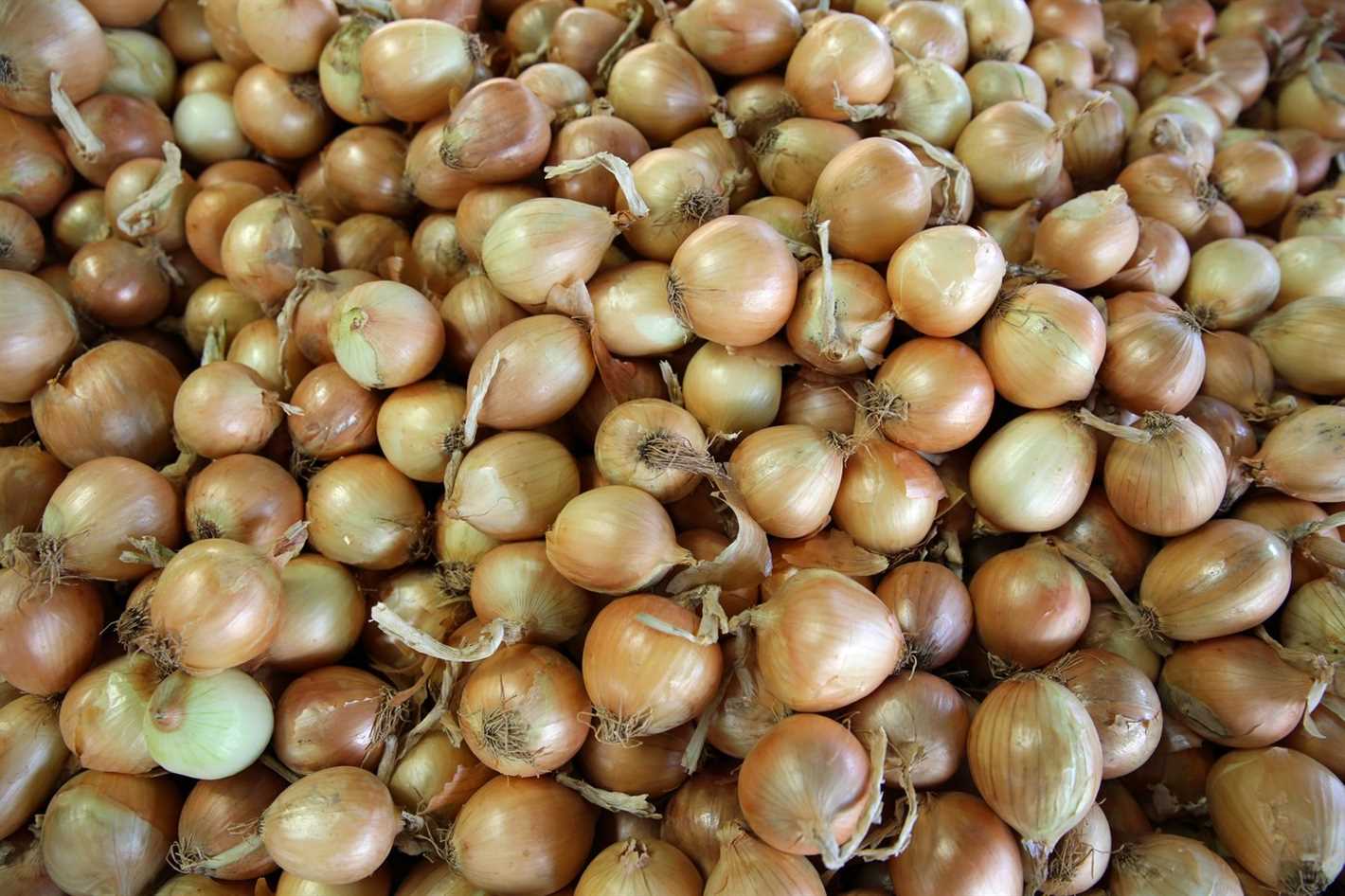
If your butternut onion seedlings appear weak or stunted, it could be due to the following factors:
- Inadequate light exposure. Butternut onions require full sun for at least 6-8 hours a day. If the seedlings are not receiving enough light, consider providing supplemental lighting using grow lights.
- Nutrient deficiency. Ensure that the seedlings are receiving proper nutrition by providing a balanced fertilizer according to the package instructions.
- Overwatering or underwatering. It’s important to strike a balance between keeping the soil moist and avoiding waterlogged conditions. Adjust your watering routine accordingly.
3. Pest Infestation
Butternut onion plants can be susceptible to various pests, including aphids, onion maggots, and thrips. If you notice signs of pest infestation, such as wilting, yellowing leaves, or insect activity, here’s how to deal with them:
- Use organic insecticides or insecticidal soaps to control pests. Make sure to follow the product instructions and use them sparingly to avoid harming beneficial insects.
- Encourage natural predators, such as ladybugs or lacewings, to control pests in your garden.
- Remove and destroy any affected plants or heavily infested parts to prevent the spread of pests.
4. Disease Problems
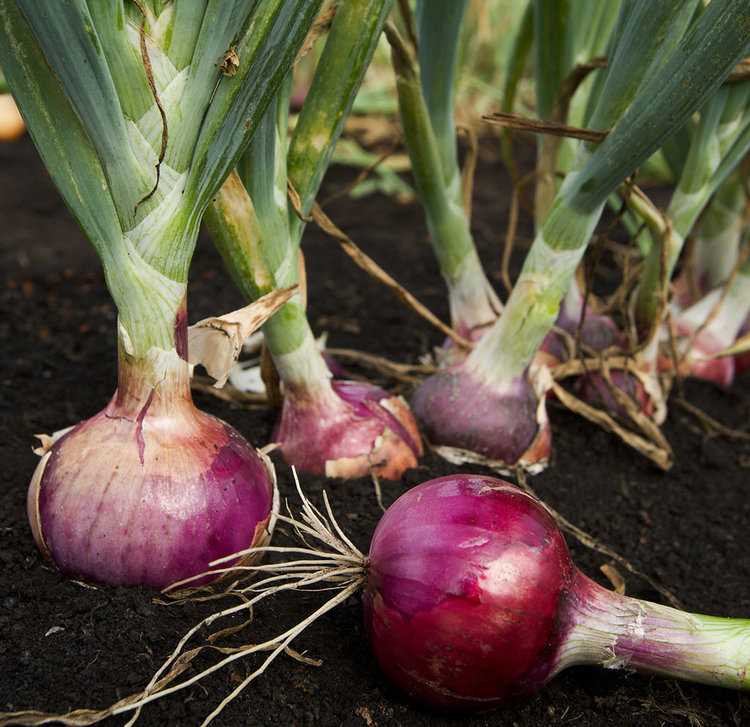
Butternut onions can also be vulnerable to diseases such as onion rot, downy mildew, or fusarium wilt. If you notice signs of disease, take the following steps:
- Practice good sanitation by keeping your garden clean and removing any infected plant material.
- Avoid overhead watering, as excessive moisture can promote the development of fungal diseases. Instead, water at the base of the plants.
- If necessary, use organic fungicides to control the spread of diseases. Follow the product instructions carefully.
By being proactive and addressing these common issues, you can maximize your chances of successfully growing butternut onions from seed in your vegetable garden.
“Question-Answer”
What is the best time to plant butternut onions?
The best time to plant butternut onions is in early spring, as soon as the soil can be worked and the threat of frost has passed.
Can I grow butternut onions from seeds I saved from last year’s crop?
Yes, you can definitely grow butternut onions from seeds saved from last year’s crop. Just make sure that the seeds are properly dried and stored in a cool, dry place.
How long does it take for butternut onions to mature from seed?
Butternut onions usually take around 90 to 100 days to reach maturity from seed. However, this can vary depending on the variety and growing conditions.
Can I grow butternut onions in containers?
Yes, you can grow butternut onions in containers. Make sure the containers are at least 12 inches deep and have good drainage. Select a larger or dwarf variety that is suitable for container gardening.
How should I care for butternut onions as they grow?
As butternut onions grow, make sure to provide them with adequate water, about 1 inch per week, and keep the soil consistently moist. Weed regularly to prevent competition for nutrients and space. Mulch around the plants to help conserve moisture and suppress weed growth. Also, consider adding a balanced fertilizer every 4-6 weeks to promote healthy growth.







